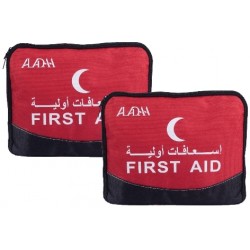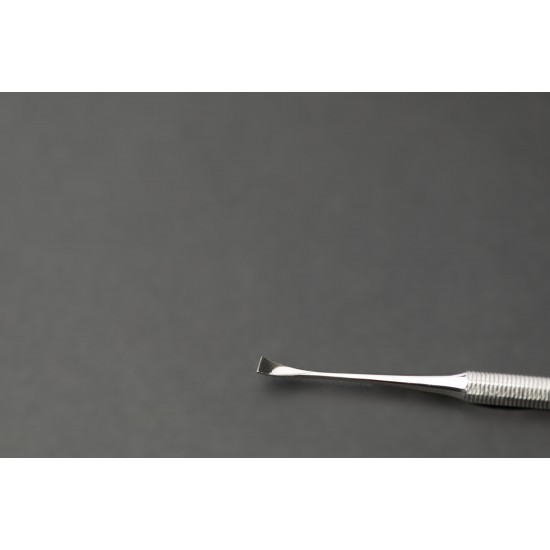
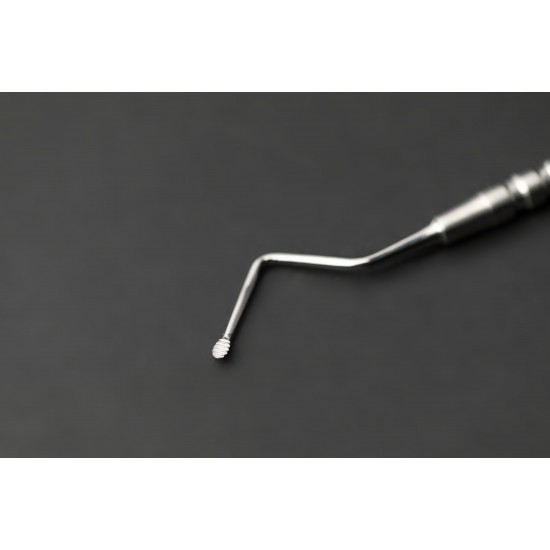




about product
Hand Instruments for Dentistry are tools used by dentists during dental treatments that require precision and manual control. These tools vary in design and purpose, including diagnostic, surgical, cleaning, and restorative instruments. They are essential for performing accurate dental procedures and ensuring oral health.
Types of Hand Instruments for Dentistry:
Diagnostic Instruments:
- Explorer (Dental Probe): Used to examine teeth for cavities, cracks, or any damage to the tooth surface.
- Dental Mirror: Helps view hard-to-reach areas in the mouth and inspect teeth from all angles.
Cleaning Instruments:
- Scaler: Used to remove plaque and tartar from the surfaces of the teeth and gum line.
- Curette: A tool used to clean between teeth and gums or to clean deep gum pockets.
Restorative Instruments:
- Amalgam Carrier: Used to transport and place filling materials into cavities.
- Carving Tools: Used for shaping and contouring filling material in the cavity accurately.
- Burnisher: Used for polishing fillings to improve their appearance after placement.
Surgical Instruments:
- Forceps: Used for extracting teeth or tissues.
- Scalpel: Used for making precise incisions in the gums or tissue.
- Excavator: A tool used for removing damaged tissue inside a tooth cavity.
Orthodontic Instruments:
- Orthodontic Pliers: Used to adjust braces or wires during orthodontic treatment.
- Wire Cutters: Used for cutting or modifying orthodontic wires.
Benefits of Hand Instruments in Dentistry:
- Precision Control: Hand instruments provide the dentist with great control, enabling precise and effective treatment.
- Variety: A wide range of instruments is available for different dental procedures, such as cleaning, restoration, surgery, and orthodontics.
- Flexibility: Hand tools are versatile and essential for various dental procedures, making them indispensable in the dental clinic.
Care of Hand Instruments:
- Regular Sterilization: Instruments should be sterilized after each use using appropriate sterilization devices, such as autoclaves.
- Proper Storage: Instruments should be stored in a dry, safe place to prevent corrosion or damage.
- Periodic Inspection: Tools should be regularly checked for any wear or damage to ensure effective performance.
Hand instruments are fundamental to dental practice, allowing dentists to provide precise and effective care for patients.
- Stock: 5
Hand Instruments for Dentistry are tools used by dentists during dental treatments that require precision and manual control. These tools vary in design and purpose, including diagnostic, surgical, cleaning, and restorative instruments. They are essential for performing accurate dental procedures and ensuring oral health.
Types of Hand Instruments for Dentistry:
Diagnostic Instruments:
- Explorer (Dental Probe): Used to examine teeth for cavities, cracks, or any damage to the tooth surface.
- Dental Mirror: Helps view hard-to-reach areas in the mouth and inspect teeth from all angles.
Cleaning Instruments:
- Scaler: Used to remove plaque and tartar from the surfaces of the teeth and gum line.
- Curette: A tool used to clean between teeth and gums or to clean deep gum pockets.
Restorative Instruments:
- Amalgam Carrier: Used to transport and place filling materials into cavities.
- Carving Tools: Used for shaping and contouring filling material in the cavity accurately.
- Burnisher: Used for polishing fillings to improve their appearance after placement.
Surgical Instruments:
- Forceps: Used for extracting teeth or tissues.
- Scalpel: Used for making precise incisions in the gums or tissue.
- Excavator: A tool used for removing damaged tissue inside a tooth cavity.
Orthodontic Instruments:
- Orthodontic Pliers: Used to adjust braces or wires during orthodontic treatment.
- Wire Cutters: Used for cutting or modifying orthodontic wires.
Benefits of Hand Instruments in Dentistry:
- Precision Control: Hand instruments provide the dentist with great control, enabling precise and effective treatment.
- Variety: A wide range of instruments is available for different dental procedures, such as cleaning, restoration, surgery, and orthodontics.
- Flexibility: Hand tools are versatile and essential for various dental procedures, making them indispensable in the dental clinic.
Care of Hand Instruments:
- Regular Sterilization: Instruments should be sterilized after each use using appropriate sterilization devices, such as autoclaves.
- Proper Storage: Instruments should be stored in a dry, safe place to prevent corrosion or damage.
- Periodic Inspection: Tools should be regularly checked for any wear or damage to ensure effective performance.
Hand instruments are fundamental to dental practice, allowing dentists to provide precise and effective care for patients.

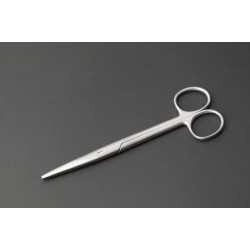
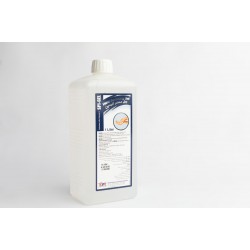
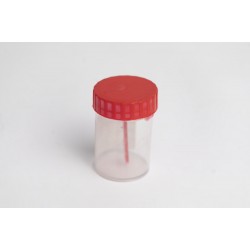
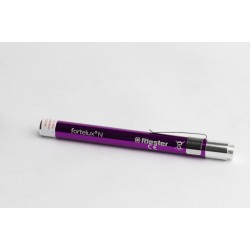
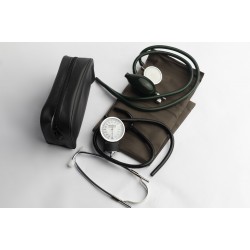
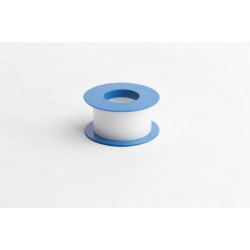
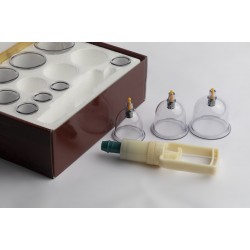
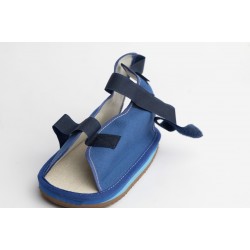
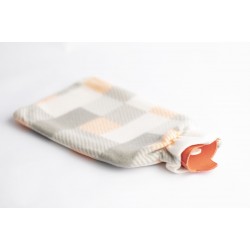
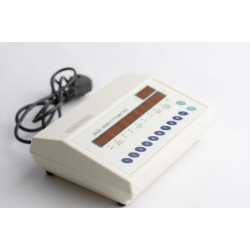
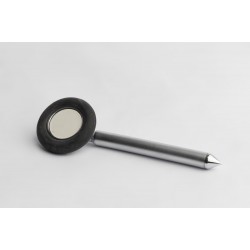
-250x250w.jpg)
-250x250w.jpg)
